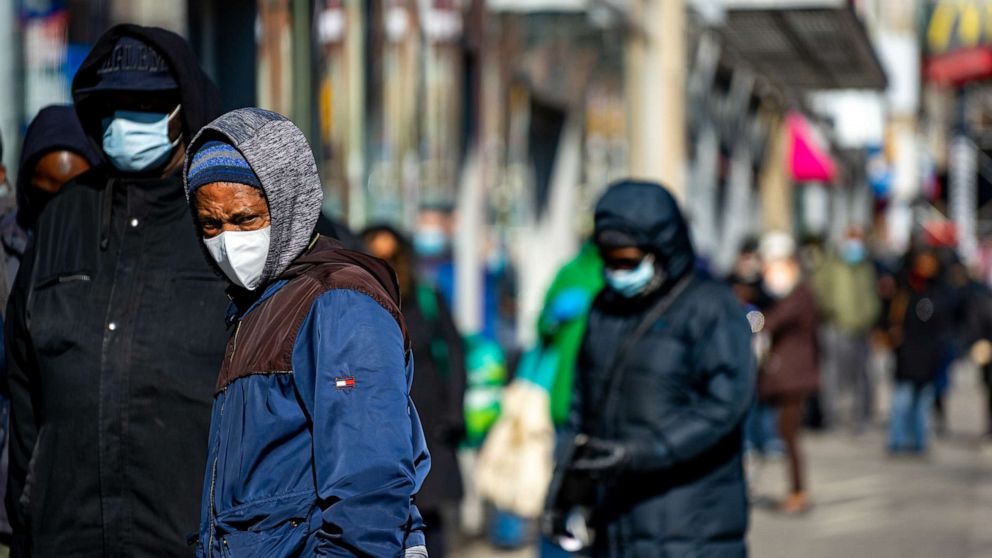[ad_1]
Black residents in New York City are dying from the novel coronavirus more than any other racial group, according to data released Friday by the city’s Health Department.
There have been 1,999 deaths known to be of COVID-19 among black or African American people in the five boroughs, according to the data.
Black people are twice as likely as white people to die from the novel coronavirus and more than twice as likely as white people to have a non-fatal hospitalization, the data shows.
Fatalities among Hispanic or Latino people were the second-highest in the city, with at least 1,696 deaths, according to the data. At least 1,861 white people have died, making them the third-most affected group in terms of fatalities. Deaths of Asian people were lowest, at 463.
The disparity reflected what Mayor Bill de Blasio has called “clear inequalities” as to how the virus is affecting the city.
New York City has recorded at least 11,477 deaths, according to data compiled by Johns Hopkins University. That is more deaths in the U.S. than all of the states and more than most countries.
The city has ramped up its testing efforts to better serve neighborhoods that have been particularly hard hit, especially among minority communities.
The first three of five city-run, walk-in testing sites opened Friday in Brooklyn, the Bronx and Staten Island. Two other testing sites, one in Manhattan and one in Queens, opened Monday.
The city has also started a multilingual information campaign targeting 88 zip codes where the impact has been disproportionately high.
New York City is not an anomaly. COVID-19 is affecting African Americans in all the U.S. at what appears to be a disproportionate rate.
Last week, the Centers for Disease Control and Prevention revealed that African Americans accounted for 33% of the hospitalizations despite being 13% of the population.
However, the CDC data was limited. It pulled from a small sample size during a limited time frame — 14 states during the month of March — and race and ethnicity data was only available from 580 patients hospitalized for coronavirus, out of a total of 1,482 patients in the report.
Still, the data offered a snapshot of how the virus is affecting particular communities.
What to know about Coronavirus:
[ad_2]
Source link

